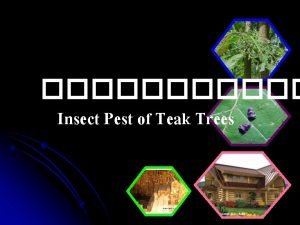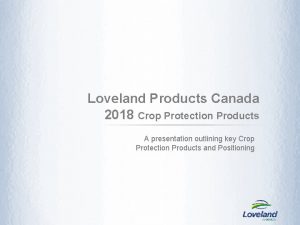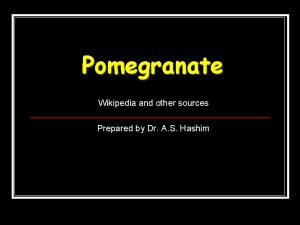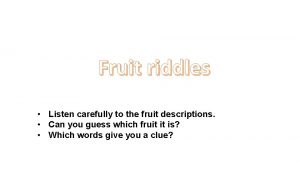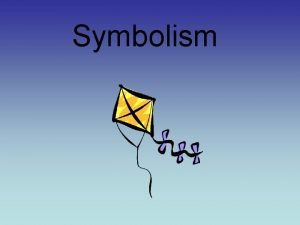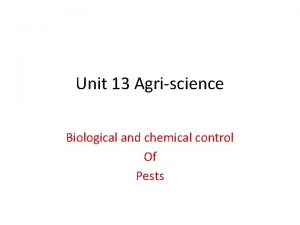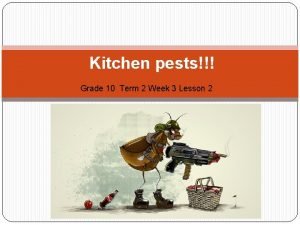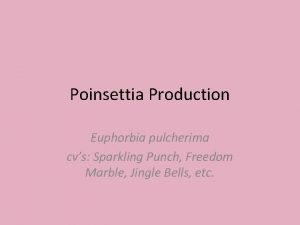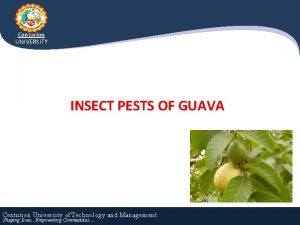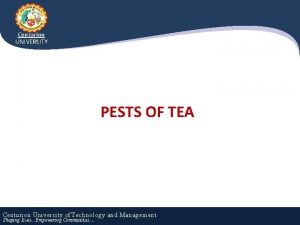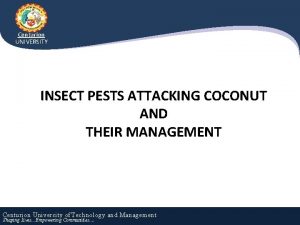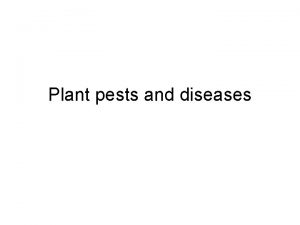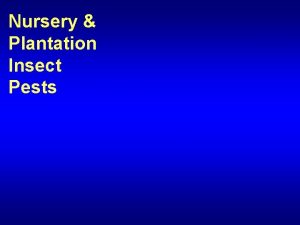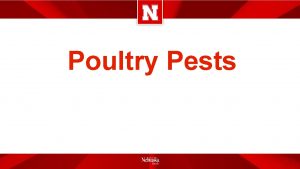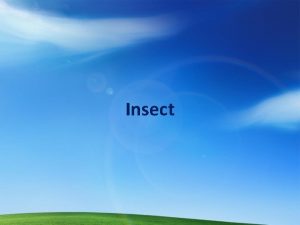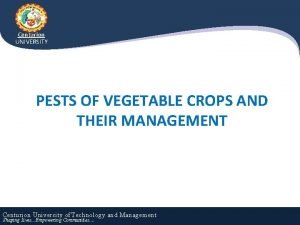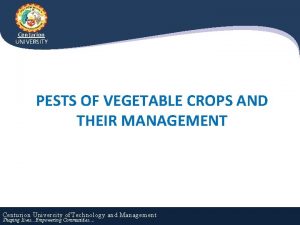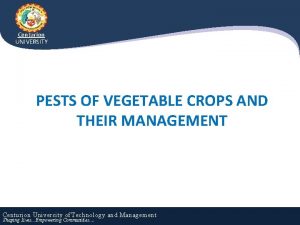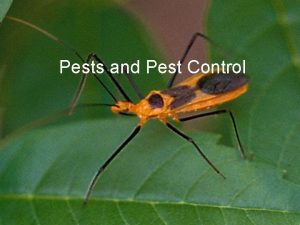Centurion UNIVERSITY INSECT PESTS OF POMEGRANATE Centurion University















- Slides: 15

Centurion UNIVERSITY INSECT PESTS OF POMEGRANATE Centurion University of Technology and Management Shaping Lives. . . Empowering Communities. . .

PESTS OF POMEGRANATE BUTTERFLY / ANAR BUTTERFLY Deudorix isocrates Lycaenidae: Lepidoptera DISTRIBUTION • It is the most important and destructive pest of pomegranate and distributed throughout the country, also infesting guava, annona, apple, ber, citrus, litchi, tamarind, wood apple, soap nut, etc. APPEARANCE ü Butterfly is bluish brown with an orange spot on each of the forewings and black spots on the hindwings with a tail like extension at the lower margin of hindwings. ü It is active in bright sun




ü Caterpillar is stoutly built dirty brown in colour, with light patches, a few short hairs and measures about 16 -20 mm long LIFE HISTORY • Eggs are laid singly on calyx of flowers or tender fruits. • Egg period is 7 -10 days. • Larval period is 18 -47 days • The full grown larva comes out, secures the stalk of the fruit to the stem with a silky secretion, returns to inside of fruits and pupates on fruit stalk. • Pupal period 7 -34 days. • Total life cycle takes about 1 -2 months.

• There may be 4 overlapping generations in a year NATURE OF DAMAGE • Larva after hatching bores into the fruit and feeds on the seeds. Entry hole heals up. • The fruit appears healthy but the caterpillar inside feeds on pulp and seeds just below the rind. • It is only when the grown up caterpillar comes out, a round hole is seen through which juices come out. • A single fruit may harbour half a dozen caterpillars. .



SYMPTOMS OF DAMAGE • Offensive smell and excreta of caterpillar at the entry hole. • The affected fruits ultimately falling down • Feeding injury also cause rotting of the fruits. Up to 50% fruit damage is observed MANAGEMENT • Destruction of fallen infested fruits checks the spread. • Removal of flowering weeds especially of Compositae family. • Though expensive, bagging of fruits with polythene or paper bags or cloth bags soon after the fruit set prevents the pest attack



• During flowering and flower bud stage, endosulfan 2 ml/l is recommended. • After 15 – 20 days, a spray application of dichlorvos @ 1 ml. /L or carbaryl 3 g

THRIPS Anaphothrips oligochaetus (Flower and fruit thrips) Rhipiphorothrips cruentatus Leaf thrips Scirtothrips dorsalis Thripidae: Thysanoptera • These are found through out country. A. oligochaetus infests flower stalks, sepals, petals and fruits with their rasping sucking type of feeding. • As a result, flowers are shed and fruits show scab like rough surface. • R. cruentatus and S. dorsalis lacerate the leaves and suck oozing out sap causing curling of leaves. • At flower bud initiation, foliar spray with dimethoate 2 ml/l or fipronil 2 ml/l is effective.

FRUIT SUCKING MOTHS Eudocima fullonica E. materna Noctuidae: Lepidoptera • Moths pierce the fruits with their proboscis for feeding thus causing injury. • The detailed biology and their management have been furnished under pests of citrus. • Fruits show tiny holes from which juices oozes out when pressed. • Later fungi and bacteria accelerate rotting.
 Pest of teak
Pest of teak Faith of the centurion luke 7
Faith of the centurion luke 7 Centurio latin
Centurio latin Loveland centurion
Loveland centurion Milkor
Milkor Pomegranate
Pomegranate Pomegranate wikipedia
Pomegranate wikipedia Riddles about fruits and vegetables
Riddles about fruits and vegetables The pomegranate by eavan boland
The pomegranate by eavan boland Kite runner symbol
Kite runner symbol Cherry dispersal
Cherry dispersal How does a plant resist disease and pests journey 2050
How does a plant resist disease and pests journey 2050 Agriscience unit 13 completion answers
Agriscience unit 13 completion answers Kitchen bugs
Kitchen bugs Cvs poinsettia
Cvs poinsettia Journey 2050 student handout 2 word search
Journey 2050 student handout 2 word search
